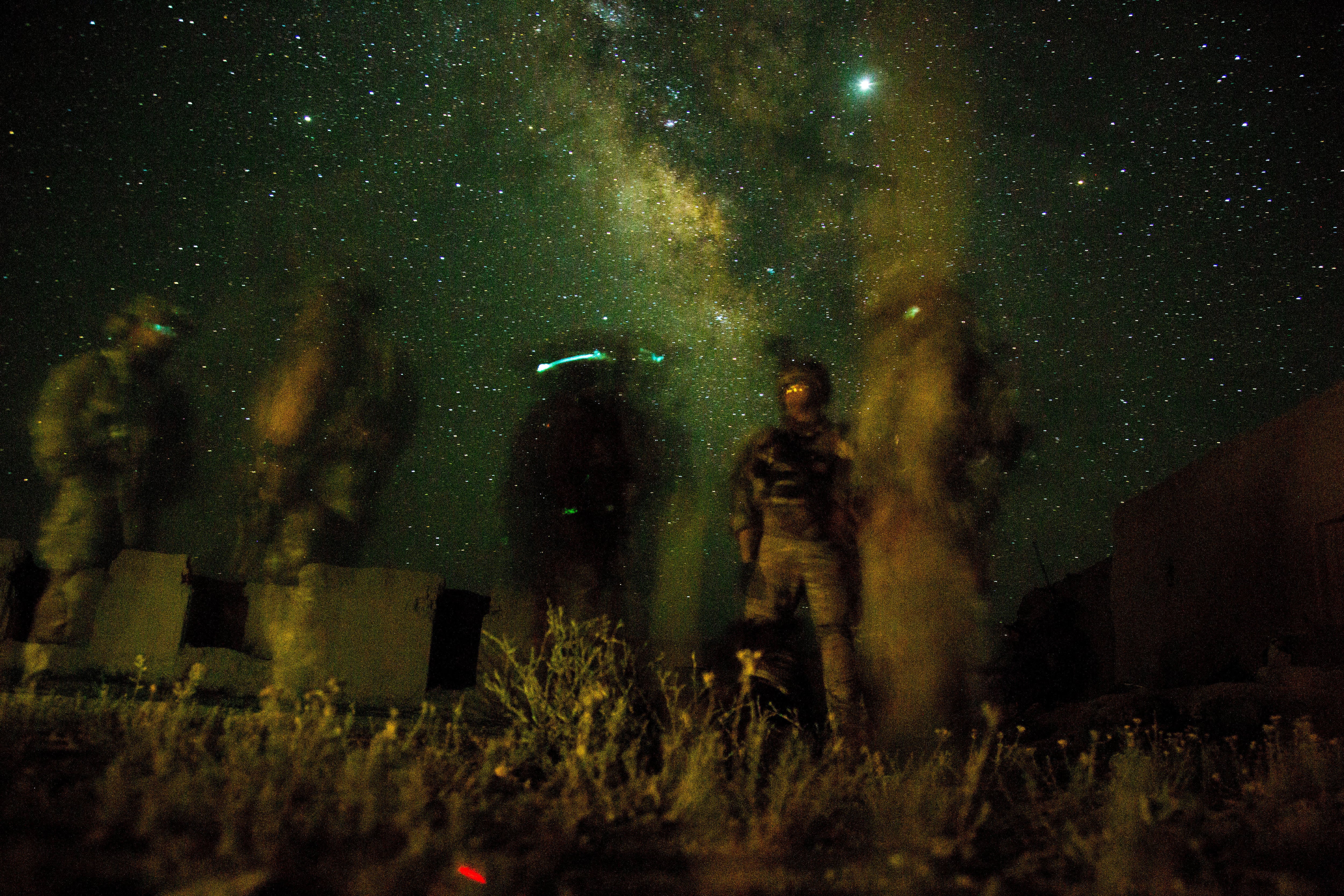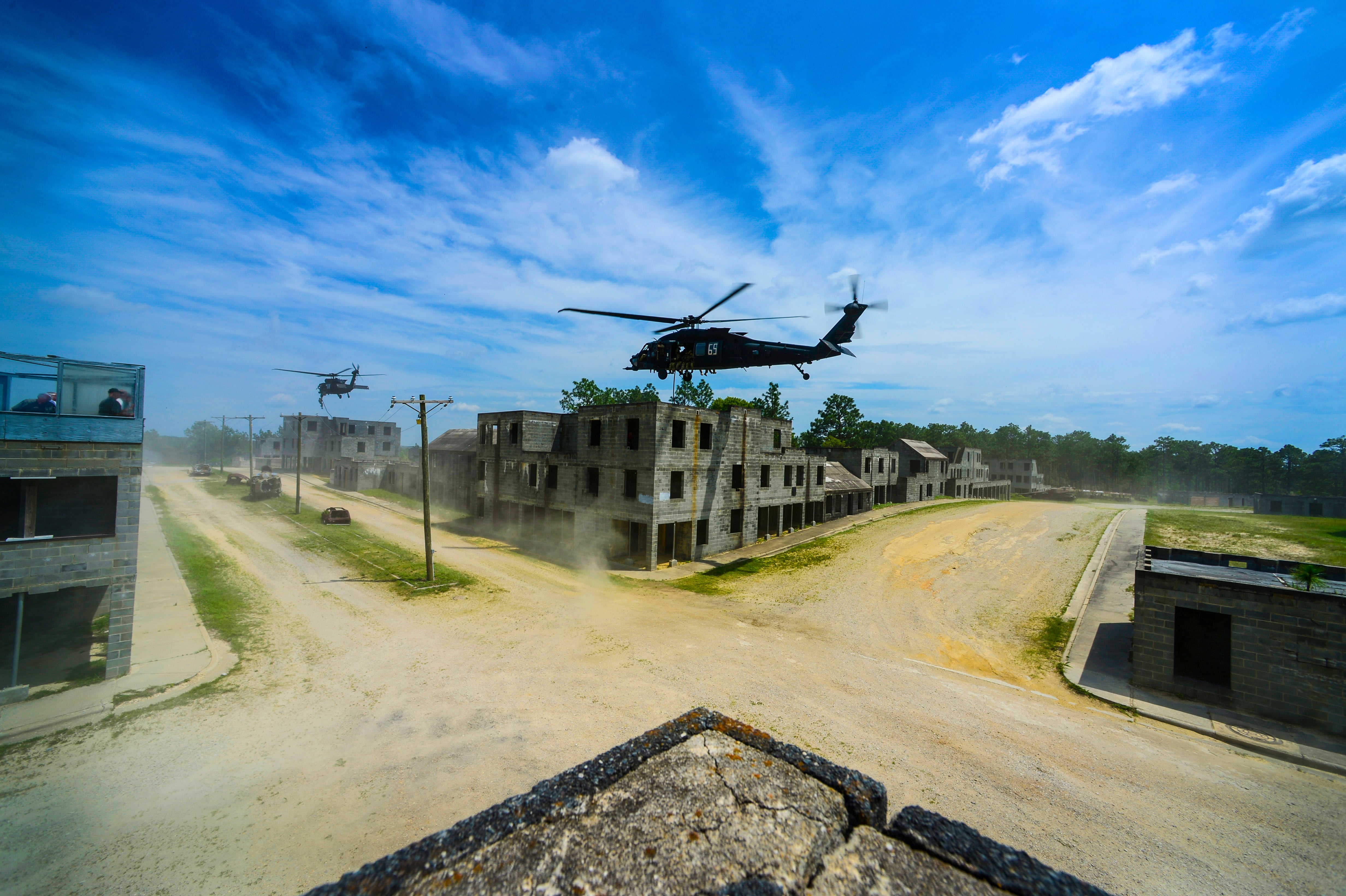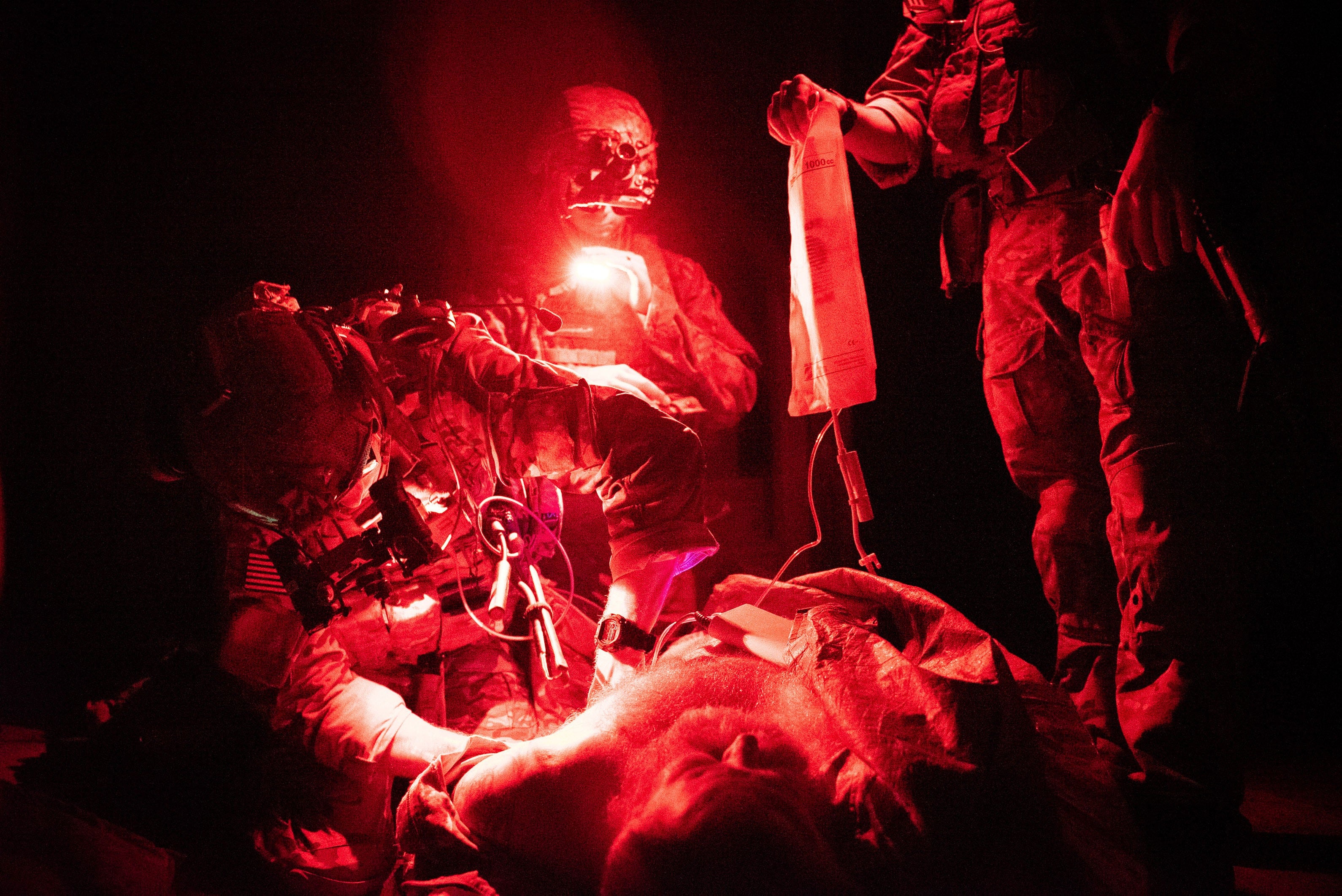The 75th Ranger Regiment is starting to use a new program to administer life-saving warm, fresh blood to wounded troops in dire moments — an innovative program the regiment says could be replicated with other combat units.
Two Rangers who used the technique in combat for the first time last summer are up for valor awards, regiment spokesperson Tracy A. Bailey told Army Times.
By tracking universal blood donors within the regiment, Ranger medics were able to call on volunteers to provide huge quantities of blood in a pinch. The technique was chronicled by the regiment’s public affairs department in a Jan. 13 news release.
It was used in combat last summer in Wardak province, Afghanistan during a helicopter-borne night raid. Two Ranger medics, Staff Sgt. Charles Bowen and Sgt. Ty Able, from Bravo Company, 1st Battalion, managed to save multiple lives that night, according to the 75th Ranger Regiment.
“The valor awards for SSG Bowen and SGT Able are still making their way through the awards board process,” Bailey said. “1st Battalion, 75th Ranger Regiment has an awards ceremony scheduled for March 26. I won’t know until we are closer to this date what awards they will receive for their heroic actions.”
During the summertime raid, the Rangers took AK-47 and PK machine gun fire from a target compound. As they maneuvered on the building, an explosion rocked the soldiers, wounding three.
RELATED

Bowen and Able then grabbed the wounded Rangers and brought them out of the breach to a safe area. The casualties were hit in the legs and arms, and one had a gaping hole in his chest. The Ranger medics conducted the usual mix of life-saving measures, including applying tourniquets, a needle chest decompression, intravenous lines and administering tranexamic acid, which helps control hemorrhaging.
By the time the casualties were brought to a collection point, the medics had already exhausted their two units of cold-stored whole blood, “the stock every Ranger medic carries into combat with them,” according to the news release.
The casualty collection point was taking machine gun fire, and a fragmentation grenade detonated about 15 meters away. During the ensuing gunfight, a fourth casualty stumbled to the medics, “blood gushing from a wound on the left side of his neck,” the release reads.
“As he fell into me with his multi-purpose canine still attached to his belt, I told him to put pressure on the wound. He replied, ‘I’m trying!’” Bowen said in the release.
Bowen then placed his middle finger into the neck wound to stop blood loss before performing an emergency cricothyroidotomy — an incision that punctures the cricothyroid membrane on the throat to create a new airway. The medics were forced to do these procedures while lying on the ground due to the incoming rounds.
While the Ranger with the neck wound was stabilized, the other wounded troops were quickly bleeding out.
All their pre-stocked blood was already used, and the Rangers were forced to resort to an innovative technique called the Ranger O-Low Titre protocol, or ROLO.
RELATED

“ROLO is a novel protocol created in the 75th Ranger Regiment that is transforming how we treat battlefield casualties,” Lt. Col. Ryan Knight, a medical doctor at the regiment, said in the release. “We now always have blood on the battlefield and do not rely on other IV fluids.”
ROLO uses one soldier as a volunteer to administer their blood to wounded comrades in the field. The Rangers track donors in the unit who are universal donors — group O blood — and tap them when a crisis arises. The universal donor carries a pack to draw their blood on-site and give to their wounded teammate before they return back to combat, taking about 10 minutes, according to the regiment.
Similar procedures have been done in the past. Capt. Chris Cordova conducted a field-executed blood transfusion at COP Keating in 2009, though the procedure was far more ad-hoc than the program Rangers are implementing today.
Bowen, Able and another Ranger did the ROLO protocol three times under enemy fire. It saved the lives of two Rangers. Bowen and Able also used their bodies to shield their patients.
“As all of the treatments and movements while under enemy fire were occurring, danger close fire missions with hellfire missiles, 30mm rounds, and 105mm rounds were being executed as close as 30 meters from our position,” Bowen said in the release. “As this was happening, Sgt. Able and I did our best to shield our casualties from harm and covered their ears during impact of the large munitions.”
The Rangers were eventually exfiltrated via two MH-47 Chinooks and whisked off the battlefield.
The regiment news release stated that Ranger leadership is hopeful that the success in administering whole blood through the ROLO technique will carry over to other units with the U.S. military.
Kyle Rempfer was an editor and reporter who has covered combat operations, criminal cases, foreign military assistance and training accidents. Before entering journalism, Kyle served in U.S. Air Force Special Tactics and deployed in 2014 to Paktika Province, Afghanistan, and Baghdad, Iraq.




